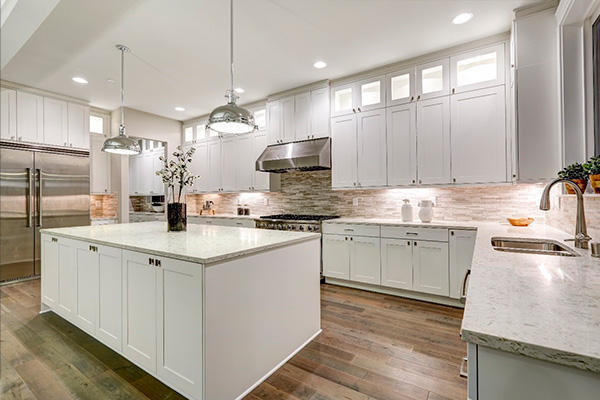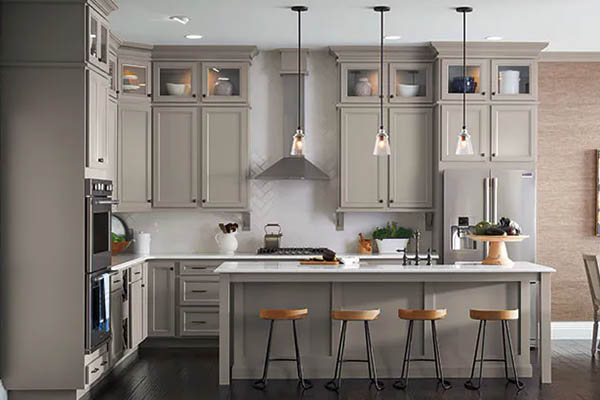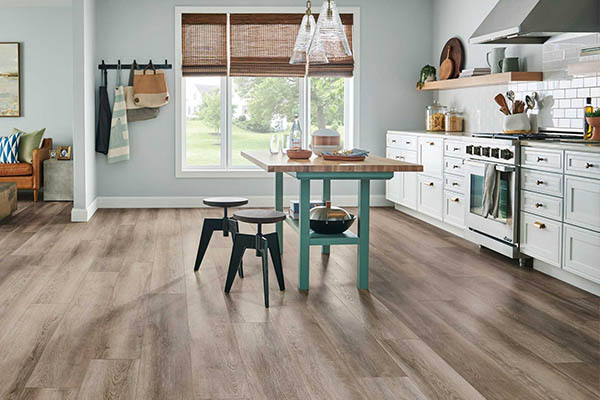LVP Flooring PROS and CONS
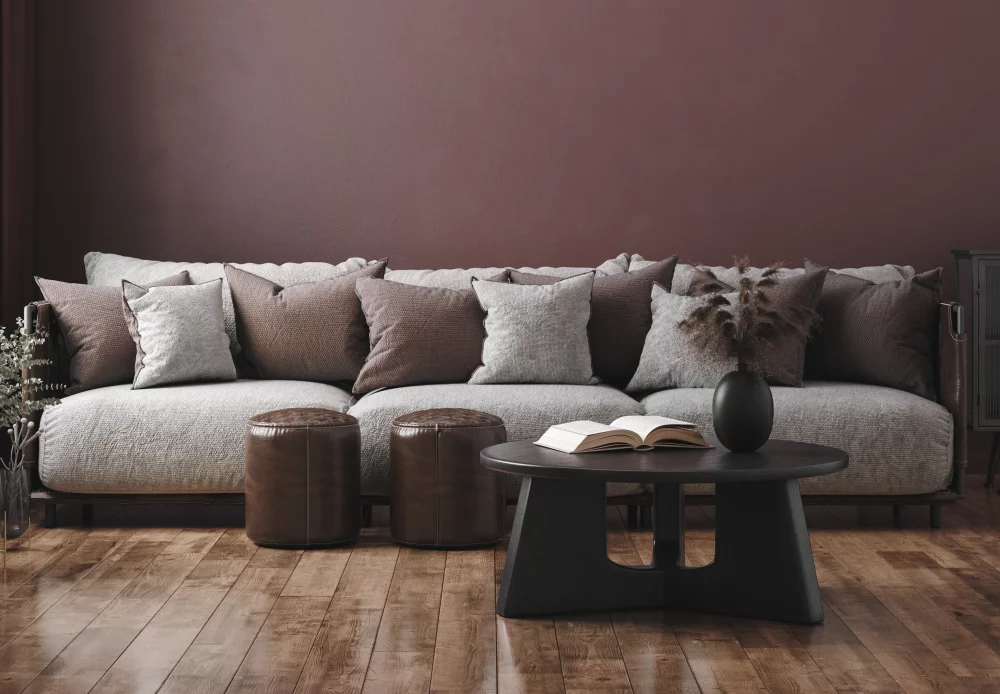
What is LVP?
Luxury Vinyl Planks (LVP) is a type of flooring designed to look like hardwood or stone flooring but made from PVC resin, modified with filler (typically calcium carbonite) and plasticizer, designed to mimic the look and feel of natural materials such as wood or stone. LVP is a popular flooring choice due to its durability and resistance to moisture, wear, and tear. It is also easy to install and maintain and is more affordable than natural hardwood or stone flooring.
How does it look and feel?
LVP planks are designed to mimic the look and feel of natural hardwood or stone and are available in a wide range of colors, textures, and patterns. They come in different widths and thicknesses, typically between 4 and 8 inches wide and 4mm to 8mm thick.
In summary, LVP can be a great option for those looking for durable, low-maintenance, and cost-effective flooring that resembles natural wood or stone. Still, it’s essential to consider the pros and cons before making a decision.
Pros of Luxury Vinyl Plank flooring (LVP)
Durable and long-lasting: LVP has a wear layer that protects the printed design layer from scratches, dents, and stains, making it an excellent option for high-traffic areas.
- Water-resistant: LVP is resistant to moisture, making it an excellent option for kitchens, bathrooms, and other areas prone to spills and splashes.
- Easy to install: LVP can be installed as a floating floor or glued or nailed down, making it a great option for DIY projects or remodels.
- Affordable: LVP is more affordable than natural hardwood or stone flooring.
- Durability: LVP is made of multiple layers of PVC vinyl and a clear protective top layer. This construction makes it resistant to scratches, dents, and stains. In comparison to laminate flooring, the lifespan of this particular flooring option is significantly longer, providing a more durable and long-lasting solution for any home or commercial space.
- Look and diversity: LVP offers a multitude of design options as it comes in a wide array of colors, textures, and patterns.
- Eco-friendly: LVP is made from PVC, a thermoplastic polymer that is 100% recyclable and can be produced from bio-based raw materials.
Cons of Luxury Vinyl Planks
- Authenticity: LVP is not as authentic-looking as natural wood or stone. While LVP can closely mimic the look of natural hardwood or stone, it will not replicate the same level of realism or authenticity as the real thing.
- Can be slippery: LVP can be slippery when wet, so it's not recommended for areas where there is a lot of foot traffic.
- Heat resistance: LVP can be damaged by excessive heat, so it's not recommended for areas near fireplaces or other heat sources.

How is LVP installed?
Luxury Vinyl Planks (LVP) can be installed in different ways, including a floating method, glue-down method, or nail-down method. Here are the general steps for each installation method:
Floating Method:
- Prepare the subfloor by cleaning it thoroughly, ensuring it is level and free of debris.
- Install a foam underlayment over the subfloor to provide a smooth surface for the LVP planks.
- Begin laying the planks in the first row, ensuring they are level and properly aligned. The planks are usually locked together using a tongue and groove system without glue or nails.
- Continue laying the planks in the next row, ensuring they are properly aligned and the ends staggered.
- Trim the planks to fit around obstacles such as doorways and staircases using a utility knife or saw.
- Once all the planks are in place, use a roller to ensure that the planks are securely locked together and that there are no gaps.
Glue-Down Method:
- Prepare the subfloor by cleaning it thoroughly and removing any old flooring.
- Apply a layer of adhesive to the subfloor using a notched trowel.
- Start the installation process by placing the planks in the initial row, taking care to ensure they are properly leveled and aligned for optimal results.
- Continue laying the planks in the next row, ensuring they are properly aligned and the ends staggered.
- Trim the planks to fit around obstacles such as doorways and staircases using a utility knife or saw.
- Once all the planks are in place, use a roller to ensure that the planks securely adhere to the subfloor and that there are no gaps.
Nail-Down Method:
- Prepare the subfloor by cleaning it thoroughly and removing any old flooring.
- To start the installation, place the planks in the first row ensuring they are properly aligned and level.
- Continue laying the planks in the next row, making sure they are properly aligned, and the ends are staggered.
- Trim the planks to fit around obstacles such as doorways and staircases using a utility knife or saw.
- Once all the planks are in place, use a pneumatic flooring nailer to nail the planks to the subfloor.
It's important to note that the steps may vary depending on the type of LVP you are using, and it's recommended to follow the manufacturer's instructions for specific details. Hiring a professional is also recommended if you need more confidence in your skills or if you want to ensure that the job is done correctly.
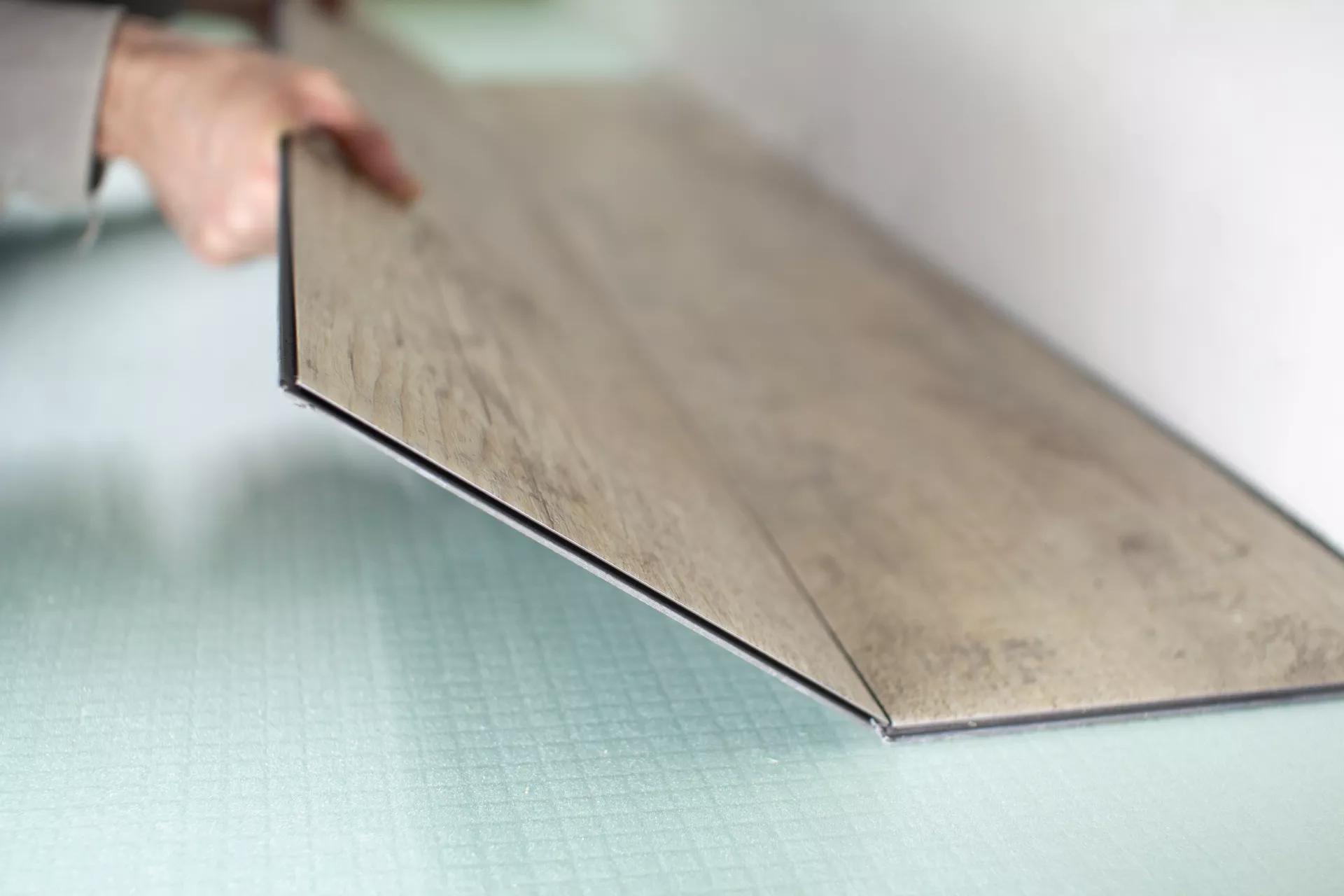
What is the difference between luxury vinyl planks (LVP)and Luxury vinyl tiles (LVT)?
Luxury vinyl tiles (LVT) and luxury vinyl planks (LVP) are both types of flooring made from vinyl that are designed to mimic the look and feel of natural materials such as wood or stone. However, there are some distinctive points between the two options:
- Shape: LVT tiles are typically square or rectangular, while LVP planks are longer and narrower, resembling the shape of natural wood planks.
- Installation: LVT tiles are typically installed using adhesive, while LVP planks can be installed using adhesive or a "floating" method, where the planks are not attached to the subfloor.
- Grout lines: LVT tiles can have grout lines, while LVP planks do not have grout lines.
- Visual appearance: LVT tiles can have a more uniform look, while LVP planks may have more variation in color and pattern, resulting in a more natural-looking finish.
- Durability: Both LVT and LVP are durable and resistant to wear and tear, but LVP may be slightly more durable due to its longer and wider plank shape.
Ultimately, the choice between LVT and LVP will be based on personal preference and the specific needs of the project. Both can be good options for flooring, and the best choice for you will depend on your particular needs and preferences.
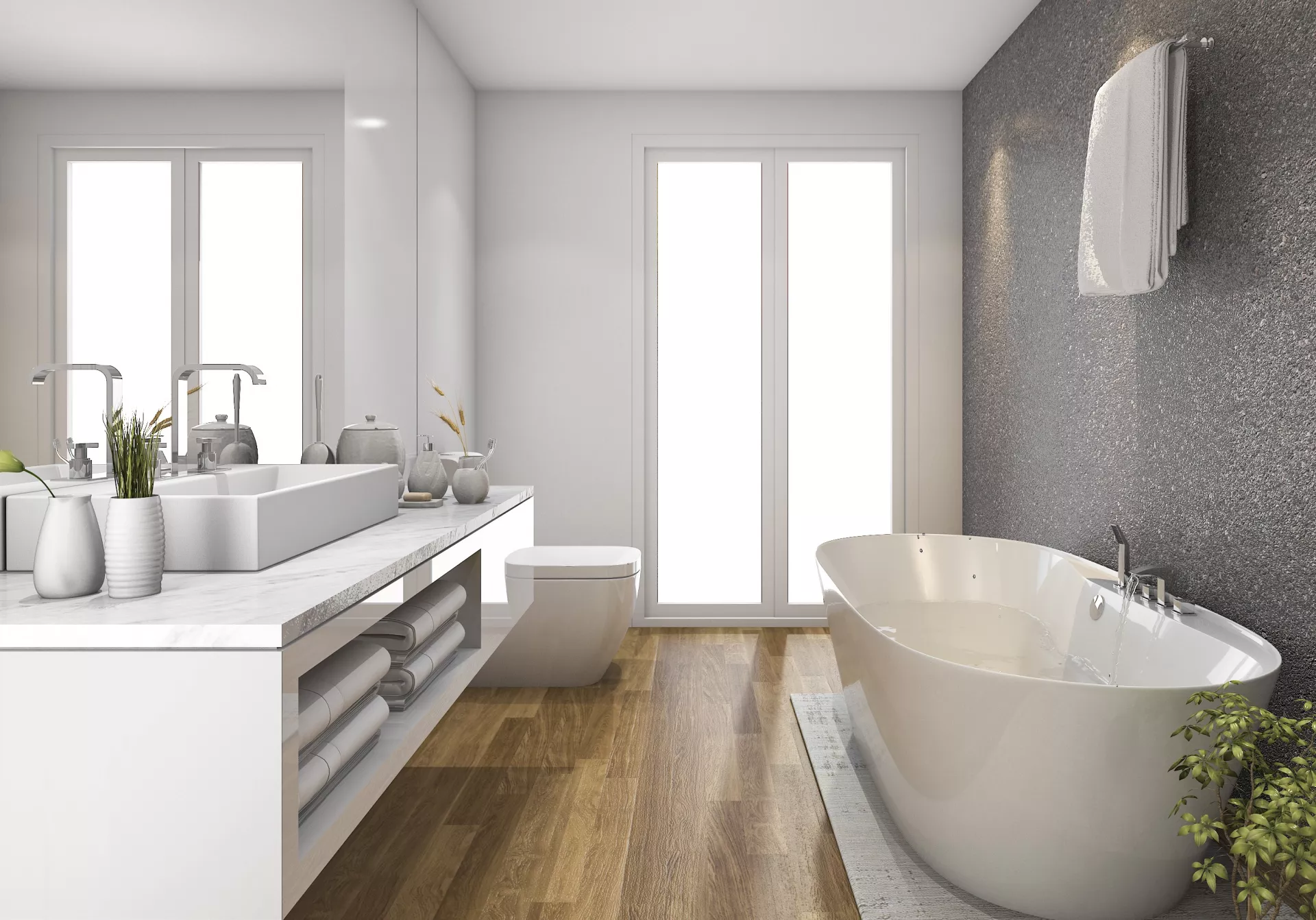
Is Luxury Vinyl Plank flooring safe for health and the environment?
Some LVF flooring products may contain volatile organic compounds (VOCs), which can be released into the air and cause respiratory or other health problems. To minimize this risk, it is essential to look for low-VOC or VOC-free LVP products.
Some of the LVF flooring products are made from petroleum-based materials and are not biodegradable, which can concern some environmentally conscious consumers.
What are the best brands of LVP?
Technology is evolving, and each brand comes up with new products and features every year, so it is hard to say which brand is the best. It is best to look at the particular product, its qualities, and its features and read product reviews. Nevertheless, below, you can find reliable brands that have been on the market for a long time and are considered among the best by flooring professionals.
Shaw: Shaw Floors, established in 1967, offers carpet, hardwood, laminate, luxury vinyl, tile, and stone flooring and solutions for real-life and real homes
Armstrong: AHF Products manufactures beautiful, durable hard surface flooring for the consumer and commercial markets in a range of textures, styles, and designs to fit the needs of the American homeowner and business owner.
Mohawk: Ever since they rolled out the first carpets in 1878, Mohawk has built quality into every flooring product. Today, Mohawk continues that tradition with revolutionary product innovation, award-winning design, and a talented team dedicated to outstanding service.
Tarkett: Tarkett produces a wide range of sustainable and coordinated floors in different materials and types, such as modular carpets, broadloom, woven, vinyl, linoleum, rubber, and laminate.
Mannington: Mannington Mills, Inc., is a fifth-generation, family-owned company based in Salem, NJ, with locations worldwide. We manufacture residential and commercial flooring under the Mannington, Mannington Commerical, Amtico, Phenix, and Burke brands.

Conclusion
LVP flooring is durable, versatile, and at the same time, it is budget-friendly. Whether you prefer a natural wood look, a sleek modern style, or something in between, WPC flooring can quickly meet your aesthetic needs. You don’t have to compromise the look and feel against durability and budget. WPC is just one of several kinds of Luxury Vinyl Flooring. To learn more about other options, click HERE.

